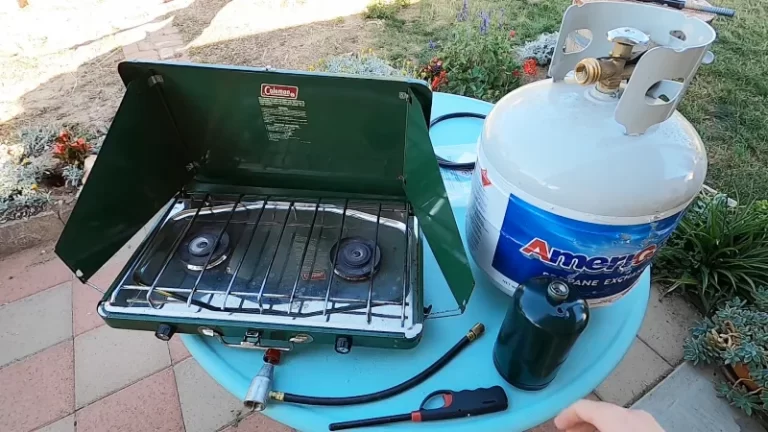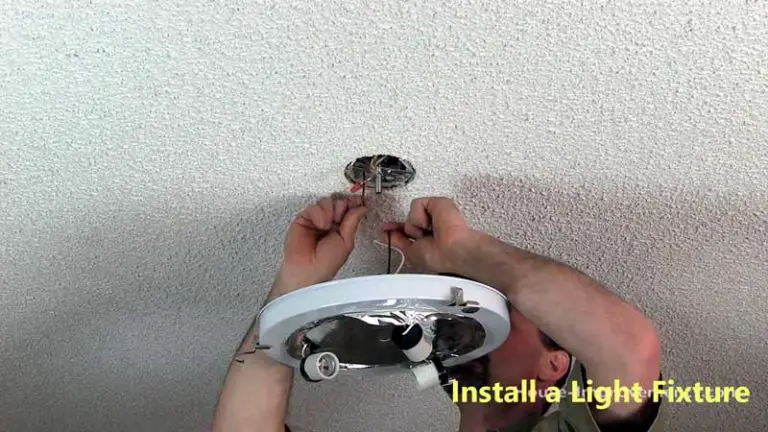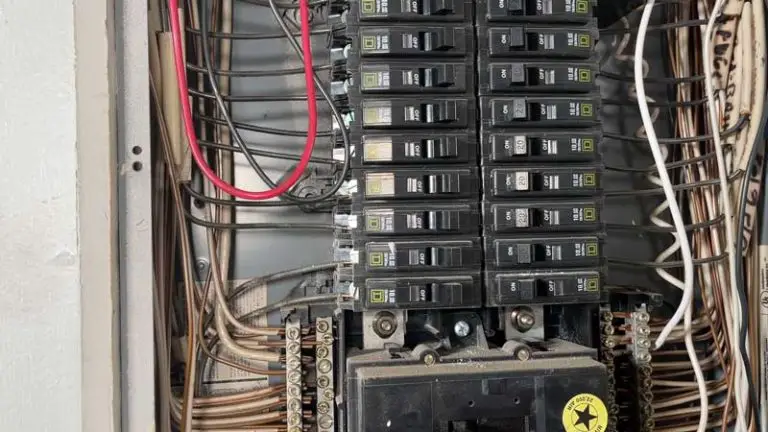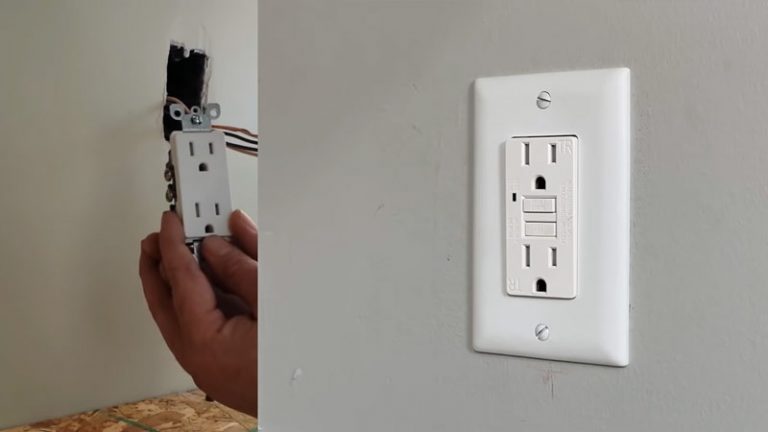2 Wire Stove Connection [Is it Ok?]
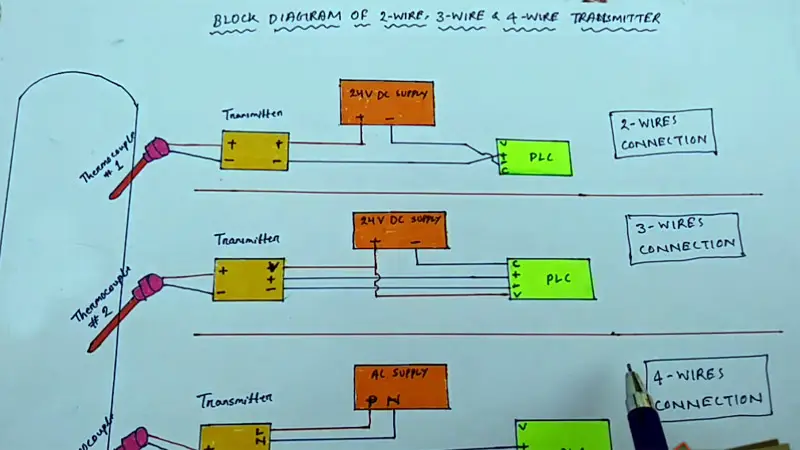
An electrical circuit is a system of conducting wires and associated components that are used to transmit and distribute electrical power. Electrical circuits are an essential part of any electrical system, as they provide a path for electricity to flow from the power source to the load, such as an appliance or light.
Electrical circuits are an essential part of any electrical system, as they provide a path for electricity to flow from the power source to the load, such as an appliance or light. There are many different types of electrical circuits, each with its own unique characteristics and applications.
There are many different types of electrical circuits, and the type of circuit used will depend on the specific application and the requirements of the system. In this article, we will provide an overview of electrical circuits and discuss some common types of circuits and their applications.
You'll Learn About
Is 2 Wire Stove Connection Good?
A 2-wire stove connection is not considered a safe or adequate way to supply power to a stove or cooktop. In the United States, the National Electrical Code (NEC) requires that stoves and cooktops be supplied with a 3-wire or 4-wire circuit, depending on the specific appliance and the type of circuit being installed.
Wires
A 2-wire circuit consists of two wires: a black or red “hot” wire that carries the electrical current, and a white “neutral” wire that returns the current to the service panel. This type of circuit is commonly used for lighting and other small appliances, but it does not provide a separate ground path for electrical faults. This means that if there is a problem with the appliance or the wiring, the electrical current has nowhere to go except through the appliance and potentially into the user. This can cause serious injury or even death.
Circuits
In contrast, a 3-wire circuit for a stove or cooktop includes an additional green or bare “ground” wire. This wire provides an additional path for electrical faults to follow, reducing the risk of electrical shock. A 4-wire circuit, which is commonly used for electric ranges, includes a separate neutral wire for the oven and the cooktop, allowing each to be operated independently.
In summary, using a 2-wire circuit to supply power to a stove or cooktop is not safe and is not in compliance with the NEC. To properly and safely install a stove or cooktop, a 3-wire or 4-wire circuit with a separate ground path should be used.
2 Wire Connection Vs 3 Wire Connection
The main difference between a 2-wire and a 3-wire electrical circuit is the presence of a dedicated ground wire in the 3-wire circuit. A 2-wire circuit consists of two wires: a black or red “hot” wire that carries the electrical current, and a white “neutral” wire that returns the current to the service panel. This type of circuit is commonly used for lighting and other small appliances, but it does not provide a separate ground path for electrical faults.
Wires
In contrast, a 3-wire circuit includes an additional green or bare “ground” wire. This wire provides an additional path for electrical faults to follow, reducing the risk of electrical shock. The ground wire is connected to the metal parts of the appliance, as well as to the ground terminal in the electrical panel. This helps to ensure that any electrical fault is safely directed to the ground, rather than through the appliance and potentially into the user.
Circuits
Another difference between 2-wire and 3-wire circuits is that 3-wire circuits are required by the National Electrical Code (NEC) for certain appliances, such as stoves and cooktops. This is because these appliances present a higher risk of electrical shock due to their size, power, and potential for contact with water. Using a 2-wire circuit for these appliances is not safe and is not in compliance with the NEC.
In summary, the main difference between a 2-wire and a 3-wire circuit is the presence of a dedicated ground wire in the 3-wire circuit. This provides an additional path for electrical faults, reducing the risk of electrical shock. 3-wire circuits are also required by code for certain appliances, such as stoves and cooktops.
Comparison Between 2-Wire Connection and 3-Wire Connection
| Comparison | 2-Wire Connection | 3-Wire Connection |
| Number of wires | 2 | 3 |
| Hotwire present | Yes | Yes |
| Neutral wire present | Yes | Yes |
| Ground wire present | No | Yes |
| Appliances suitable for use | Small appliances, lighting | Stoves, cooktops, and other appliances with a higher risk of electrical shock |
| Safety level | Lower | Higher |
| Compliance with National Electrical Code (NEC) | Allowed for certain appliances | Only allowed for certain appliances with a higher risk of electrical shock |
Should You Use 2 Wire Connection or 3 Wire Connection?
In general, it is recommended to use a 3-wire circuit for supplying power to stoves and cooktops. This is because a 3-wire circuit includes a dedicated ground wire, which provides an additional path for electrical faults to follow and reduces the risk of electrical shock. Using a 2-wire circuit for these appliances is not safe and is not in compliance with the National Electrical Code (NEC), which requires the use of a 3-wire or 4-wire circuit for stoves and cooktops.
Specific Requirement
However, it is important to note that the specific type of circuit required for a stove or cooktop will depend on the appliance and the type of installation. For example, a 4-wire circuit may be required for an electric range, which has separate oven and cooktop circuits. It is also important to follow the instructions provided by the manufacturer and to consult a licensed electrician if you are unsure about the type of circuit required for your appliance.
Recommended
A 3-wire circuit is recommended for supplying power to stoves and cooktops, as it provides a dedicated ground wire for electrical safety. However, the specific type of circuit required may vary depending on the appliance and the type of installation. It is important to follow the manufacturer’s instructions and to consult a licensed electrician if necessary.
Can I Use a 3-wire Cord on a 4-wire Stove?
It is not considered Code-compliant to use a 3-wire cord on a 4-wire stove. A 4-wire stove requires a 4-wire circuit, which consists of four wires: two hot wires (usually black and red), a neutral wire (usually white), and a ground wire (usually green or bare). The neutral wire provides a return path for the electrical current, while the ground wire provides an additional path for electrical faults to follow, reducing the risk of electrical shock.
A 3-wire cord, on the other hand, only has three wires: two hot wires (usually black and red) and a neutral wire (usually white). It does not have a dedicated ground wire, which means that it cannot provide the additional safety features of a 4-wire circuit. Using a 3-wire cord on a 4-wire stove is not safe and is not Code-compliant.
If you have an existing 3-wire circuit in your home and you want to install a 4-wire stove, you will need to upgrade your circuit to a 4-wire circuit. This can be done by a licensed electrician, who will ensure that the circuit is properly installed and in compliance with the NEC and any other applicable codes.
In summary, it is not Code-compliant to use a 3-wire cord on a 4-wire stove. A 4-wire stove requires a 4-wire circuit, which provides additional safety features and is necessary for compliance with the NEC. To use a 4-wire stove, you will need to upgrade your existing 3-wire circuit to a 4-wire circuit. This should be done by a licensed electrician.
FAQs
- What is the difference between a 2-wire and a 3-wire electrical circuit?
The main difference between a 2-wire and a 3-wire electrical circuit is the presence of a dedicated ground wire in the 3-wire circuit. A 2-wire circuit consists of two wires: a black or red “hot” wire that carries the electrical current, and a white “neutral” wire that returns the current to the service panel.
In contrast, a 3-wire circuit includes an additional green or bare “ground” wire, which provides an additional path for electrical faults to follow and reduces the risk of electrical shock.
- Can I use a 2-wire circuit for my stove or cooktop?
Wrong wiring is always bad. No, it is not safe to use a 2-wire circuit for a stove or cooktop. The National Electrical Code (NEC) requires that stoves and cooktops be supplied with a 3-wire or 4-wire circuit, depending on the specific appliance and the type of circuit being installed. Using a 2-wire circuit for these appliances is not safe and is not in compliance with the NEC.
- What type of circuit should I use for my stove or cooktop?
The type of circuit required for a stove or cooktop will depend on the appliance and the type of installation. In general, a 3-wire circuit is recommended, as it provides a dedicated ground wire for electrical safety. However, a 4-wire circuit may be required for certain appliances, such as electric ranges.
It is important to follow the instructions provided by the manufacturer and to consult a licensed electrician if you are unsure about the type of circuit required for your appliance.
- Can I install a 3-wire circuit myself?
Installing an electrical circuit can be a complex and potentially dangerous task. It is recommended to consult a licensed electrician for assistance with installing a 3-wire circuit for your stove or cooktop. An electrician will have the knowledge, skills, and tools to properly and safely install the circuit and ensure that it is in compliance with the NEC and any other applicable codes.
Final Words
There are many different types of electrical circuits, each with its own unique characteristics and applications. Some common types of circuits include series circuits, parallel circuits, and combination circuits. Understanding the differences between these types of circuits can help you make informed decisions about the best type of circuit to use for your specific electrical needs.
Whether you are installing a new electrical system or upgrading an existing one, choosing the right type of circuit is crucial for ensuring the safety and efficiency of your electrical system.

